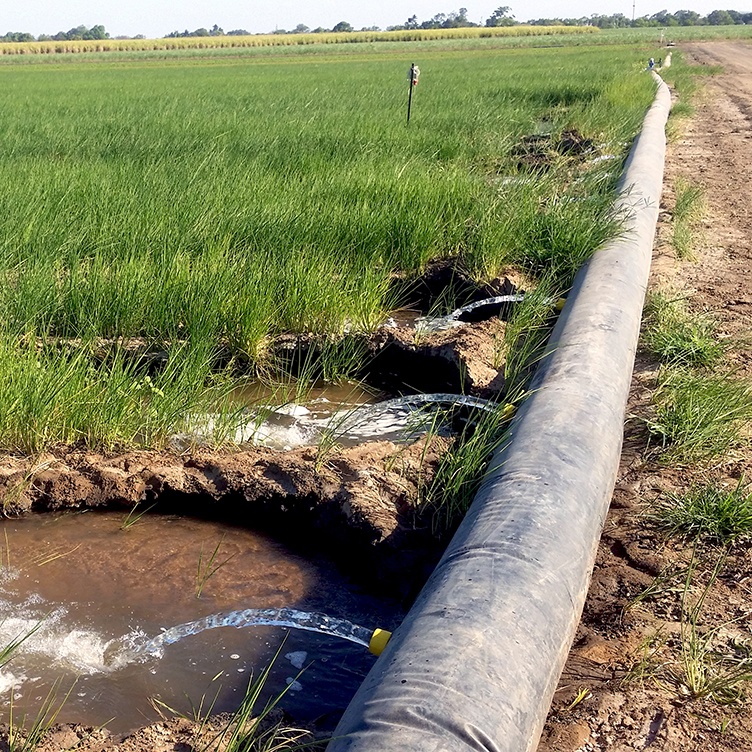Queensland water models use the best available scientific knowledge and data to inform, facilitate and guide policy, planning and management decisions that ultimately improve the quality of life for Queenslanders. For example, understanding the quantity and quality of the state’s water resources, how they are likely to change and the consequences of them doing so, is essential for many, including those in the agriculture sector, environmental management, urban planning and development and disaster management.
The science underpinning and embedded in water models informs sound government policy, planning and decision making by enabling decision making organisations, such as state or local governments, water utilities and NRM bodies, among others, to assess different options for taking action and for predicting the likely outcomes and impacts under different scenarios of change and action.
Water models are used where there is a need to for scientific evidence to inform how we manage and respond to complex physical, social and economic processes. Sometimes models are used to input into evidence-based decision-making processes, called decision support tools (DSTs) or decision support systems (DSS).
You can find out more information on the use of models in water and environmental decision making processes Environmental & Software journal. Read here for more information on the use of models in water and environmental decision making processes.
Currently in Queensland, water models are used to provide evidence that informs:
